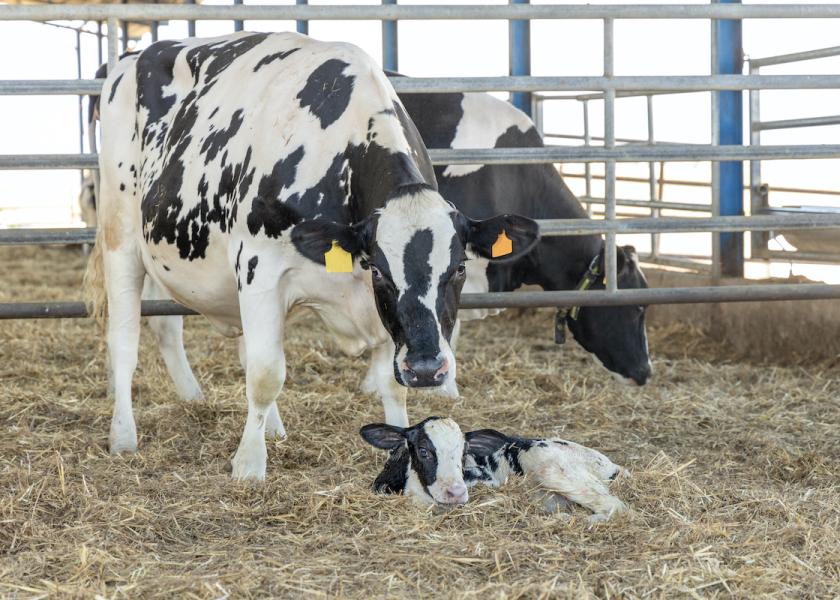The Microbiome: The Next Big Frontier in Cattle Improvement

Beef and dairy production have made tremendous strides improving the health and productivity of cattle through genetics, nutrition, management practices, immunizations and medications. Now, researchers are focusing on yet another potential area of opportunity: the microbiome, and how it can be influenced even before birth.
What is the microbiome? It is a collection of tiny organisms – such as bacteria, fungi, viruses and their genes – that live together in a body system. In cattle production, we tend to focus a lot on the rumen microbiome, because we know how important those rumen microbes are to promoting efficient and healthy digestion that subsequently impacts animal performance in both beef and dairy cattle.
But researchers at North Dakota State University (NDSA) are exploring how the microbiomes of other body systems may also influence cattle performance. Every physical body system has a microbiome, and the NDSU researchers note that the microbiota of the respiratory, gastrointestinal, and reproductive tracts have long been recognized as important to cattle health and productivity.
More recently, researchers have noted that the liver, hoof, and ocular (eye) microbiota also have significant influence on cattle health. Collectively, microbiomes affect metabolism, immune function, fertility, and nutrient utilization in cattle.
The NDSU researchers note that microbiomes in adult cattle – particularly in the bovine respiratory and ruminal systems -- tend to be very resilient, meaning they will revert to their original composition after an intervention has ended. That’s a plus when the intervention is a negative one, but not so much when the intervention is intended to alter the microbiome in a beneficial way. If that positive intervention is discontinued, its effects generally do not last long-term.
A more effective approach, then, might be to alter the microbiomes of cattle at a foundational level. The most recent research indicates microbial colonization in calves occurs much earlier than originally thought, and starts in utero.
Based on that premise, the NDSU researchers are exploring ways to influence fetal microbiomes through dam nutrition. In one recent study, published in the journal Frontiers in Microbiology, they examined whether a vitamin and trace mineral (VTM) supplement fed to pregnant dams influenced the microbiomes of the hooves, livers, lungs, nasal cavities, eyes, vaginas, and rumens (tissue and fluid) of their offspring.
Compared to the calves of control dams that did not receive the VTM supplement, noticeable differences were observed in the ruminal, vaginal, and ocular microbiota of the calves from supplemented dams.
The NDSU team is in the beginning stages of a new study looking at dam ration composition – specifically, ratios of concentrates versus forage – on whether variations between the two affect the microbiomes of their offspring.
The researchers see potential in prenatal microbiome improvement as a natural means to positively influence disease resistance, reproduction, feed efficiency, and environmental impact of beef and dairy production. Among the potential outcomes could be less antibiotic use; improved fertility and reproductive efficiency; lower feed costs; and reduced methane emissions.
For more on herd health, read:
- 6 On-Farm Priorities to Help Drive Success This Year
- Are You What's Standing in the Way of Pain Mitigation?
- Managing 8,000 Cows with Activity Monitors at Del Rio Dairy
- The Sweet Spot for Oral Calcium Supplementation
- Debunking Production-Fertility Myths
- Calf Microbial Supplements: Sorting out the “Pre,” the “Pro,” and the “Post”







